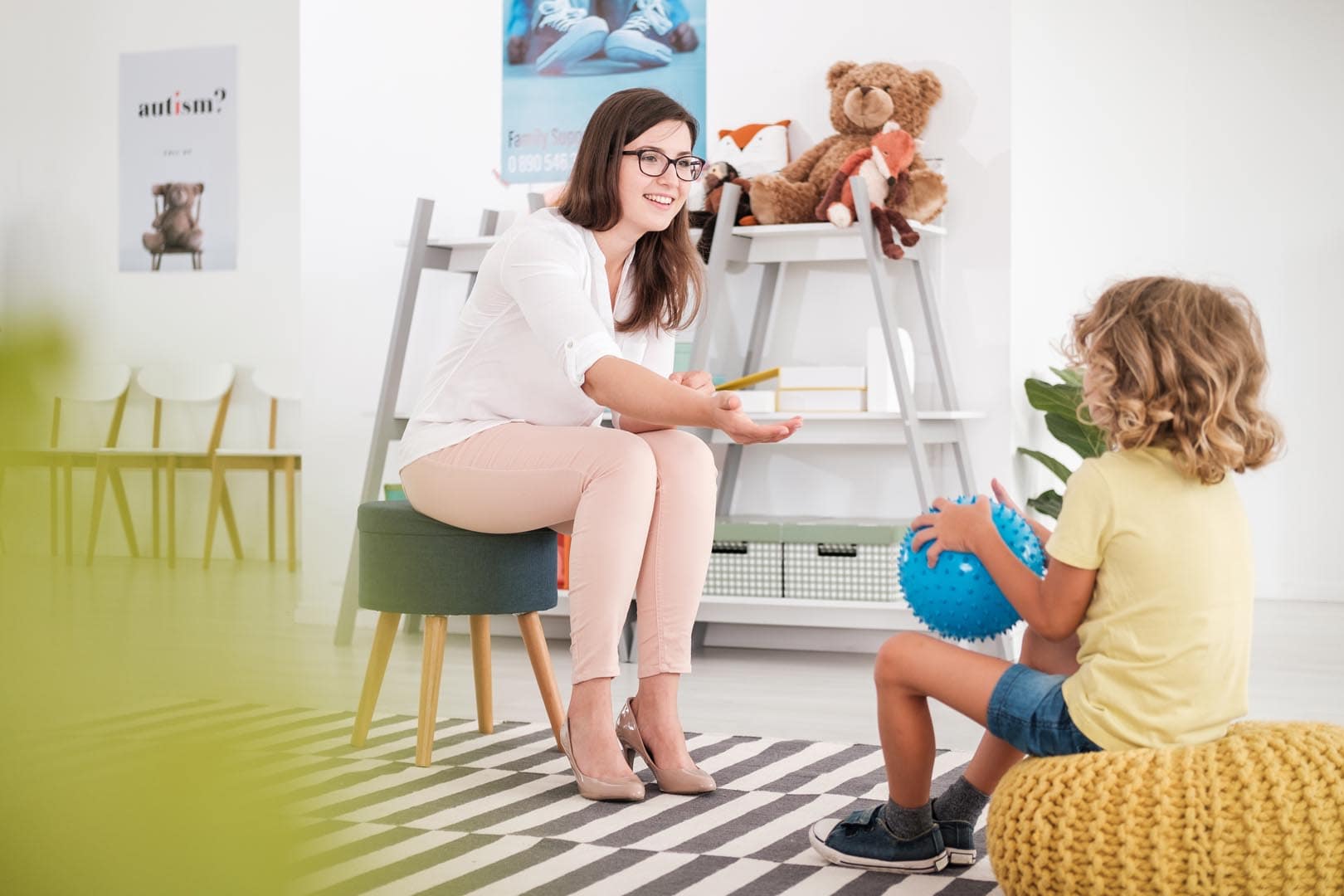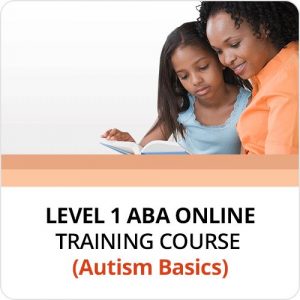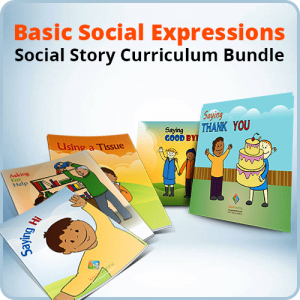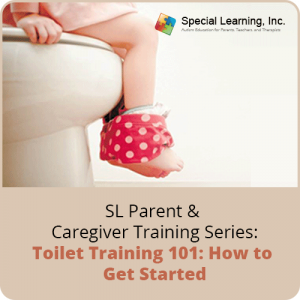Fluency Building in Autism
Applied Behavior Analysis is the teaching structure that teaches children with autism, verbal reasoning, and motor skills. This approach uses different models to teach children with autism basic behavioral structures. Different modes include ‘discreet trial’, which helps a child learn a behavior, by using a reward if the task is completed correctly. If the task is not completed, the educator will physically, yet gently, guide the child through the basic movements. In ‘pivotal response’, when a child uses the correct label for an item, they are rewarded. If the wrong label is used, the educator points out the correct one and repeats it.. With fluency building, however, there is no reward given.
Fluency building is a teaching model, that encourages educators to teach specific elements of behavior over and over again until the behavior becomes fluent. Children without autism can learn these behaviors automatically, whereas children on the autism spectrum often need to learn these skills in a repetitious way.
Some activities that may necessitate fluency building are;
- bathing
- eating with utensils
- brushing teeth
- Peer interaction
- picking up toys when finished
For example, when a child washes their hands, there should be an auto-response from being shown how previously. The whole activity will have to be broken down into small steps, with each step being mastered, or considered fluent, in order to move on to the next step. Turning on the water, getting their hands wet, and using soap, are broken into stages. This is done with a specific repetition until the behavior is considered ‘ fluent.’
This method is also being used to teach children with autism how to read, interact with peers, bathe, and do any activity that follows a step-by-step approach. Once the behavior is learned, it becomes an automatic function for the behavior or activity.








